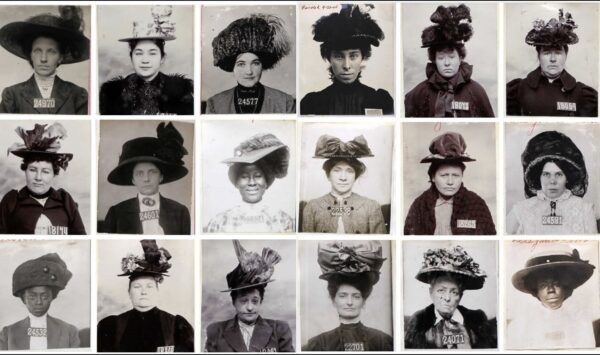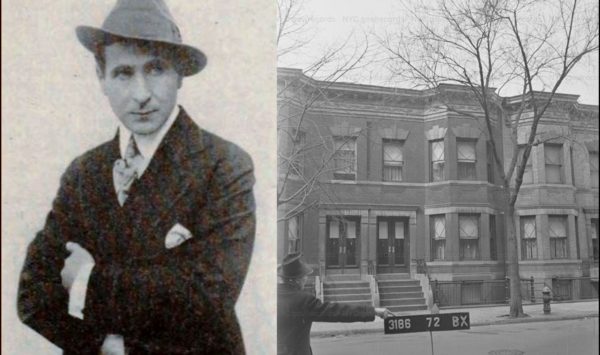“THE HATS TEMPTED MARY” (1890)

******************************************************************************************************************************** Brownstone Detectives investigates the history of our clients’ homes. The story you are about to read was composed from research conducted in the course of one of those investigations. Do you know the history of YOUR house? ******************************************************************************************************************************** A cursory search through old newspaper archives of the 1890s and early 1900s will produce a large number of incidents whereby patrons of dry goods, and other such stores, were summarily and stealthily robbed by clandestine crooks. Solomon Milkman’s Millinery House – at 442 & 444 Fulton Street – was no exception. A wholesale hat store primarily patronized by women, it soon became the target of thieves looking for money packaged in tiny, easily hidden and transportable containers – purses. The first thieves, though, saw the store itself as the easy target. Usually women, they pilfered mostly feathers, buttons, and other accouterments for the embellishment of women’s hats. In 1890, the first of Milkman’s thieves made the morning papers when a wealthy South Brooklyn woman was caught red-handed, so to speak, stealing goods valued at $3. She would not give her name to the police, as her husband was well-known, so they referred to her as Jane Doe. The police kept her – and her husband’s – identities secret and allowed the wealthy businessman husband of hers to escape humiliation. The following year, in 1891, Nora Duffy, 19, of 79 Sackett Street, was the next identified thief. A “tawdrily dressed young woman,” she was noticed by a detective of Wechsler & […]
SNIDELY WHIPLASH IN THE BRONX (1921)

******************************************************************************************************************************** Brownstone Detectives investigates the history of our clients’ homes. The story you are about to read was composed from research conducted in the course of one of those investigations. Do you know the history of YOUR house? ******************************************************************************************************************************** In 1921, a “picture actor” by the name of Paul W. Panzer had gone broke. Panzer, recently flush with cash, had filed a “voluntary petition in bankruptcy” for liabilities totaling approximately $2,500. The debts appeared to be to a number of sources – a loan to a recently formed Long Beach production company of which Panzer was a trustee, money loaned to him and several other “film people” (possibly also to the same production company), as well as, amongst others, a loan that was endorsed by two very well-known and successful actors of the time, Sheldon Lewis and King Baggot (Baggot, an international movie star, was referred to – at various times – as “King of the Movies,” “The Most Photographed Man in the World” and “The Man Whose Face Is As Familiar As The Man In The Moon”). In the petition, Panzer, gave his address as “2257 Walton avenue,” where he rented a 2-story and basement rowhouse and, according to the 1920 Federal Census, lived there with his wife, their 8-year-old daughter, and their 6-year-old son. Panzer’s bankruptcy was certainly a low-point for the actor who rose to fame just half a decade earlier as the infamous villain of the smash 1914 serial silent film, The Perils of Pauline, a […]